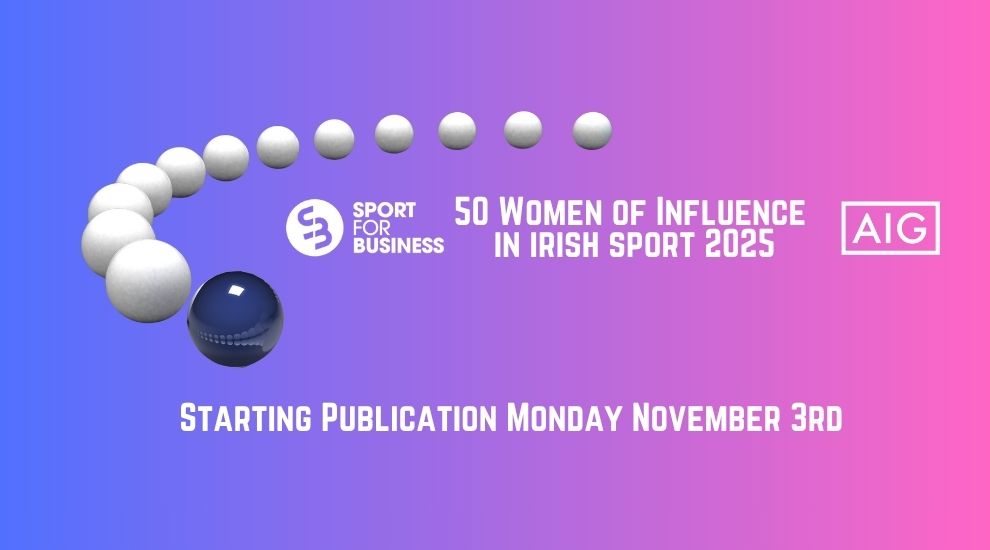Sport is always changing and adapting. Technology has accelerated that in recent years. A new report that interviewed 4,432 fans aged between 16 and 65 across 11 different markets has highlighted where that is taking football, with plenty of lessons for other sports as well.
It has always been known that capturing fans at a young age is important and the research from Footballco Insights, the research and insights division of football content and media company, Footballco, shows that to be the case with 55 percent of ‘superfans’ starting to follow football before age 11.
The Footballco Future of Fandom Report surveyed 4,432 fans aged 16-65 across 11 markets, including UK, France, Spain, Italy, the Netherlands, Germany, the US, Brazil, Japan, UAE and Saudi Arabia. To fully understand young fandom, Gen-Z fans (aged 16-24) made up 2,000 of the respondents.
“Everyone’s aware of the consensus from previous research that young fans are less willing to pay for access to content, less likely to show loyalty to one particular club and are perceived to have shorter attention spans,” said Andrew Baker, head of strategy at Footballco.
“However, by understanding this young fandom in a more nuanced way, it’s possible to see how to engage them in ways that can ensure the growth of the game both on and off the pitch and across multiple markets for years to come.”
Three-quarters of fans became fans before the age of 18, while 55 per cent of those who identify as ‘super fans’ started before the age of eleven.
Gen-Z’s motivations for engaging with football are driven not just by what happens on the pitch, but off it too with the wider football narrative playing an integral role.
“As shown by the interest in narrative-driven football documentaries, such as Welcome to Wrexham and the All or Nothing series Sunderland Till I Die, and disruptive creators and organisations such as The Sidemen, The Kings League, Hashtag United and others, Gen-Z are drawn to the stories around football more than any other demographic.”
“While not to the same level, it is no coincidence that brands like WWE that place narrative at the centre of their sport are so popular with this age group. It also highlights the importance of creating fandom at an early age, even pre-teen.”
Video games emerged as a pastime for 75 percent of Gen-Z football fans, with EAFC (previous FIFA) the preferred video game for 65 percent of fans surveyed, followed by the Call of Duty series (45 percent).
Gaming was ranked seventh overall for being the initial driver of football fandom, with it being chosen by 16 percent of fans but it played an even more significant role in the initial fandom of young fans, especially boys.
Focusing on Gen-Z male football fandom, 29 per cent said playing football video games was responsible for making them fans, making it the fourth most important driver for this demographic – placing it below playing football, their friends and watching on TV/online.
The only market to place video games as the most dominant fandom driver for young fans was Saudi Arabia.
For Gen-Z their preferred platforms for consuming football content are creator-led, with YouTube and Instagram tied for first place (chosen as preferred platforms by 63 per cent), followed by TikTok (49 per cent) and Twitter/X (35 per cent).
Facebook and WhatsApp fell outside the top five and were less likely to be chosen by Gen-Z fans than those in other age groups, and even more so with those aged 16-18.
When asked what type of football content is most important to them, entertainment was top with 83 per cent, followed by inspirational content with 78 per cent.
Gen-Z are expecting to follow football more or the same over the next five years, despite the diversification of touch-points and competition for fan attention.
For Gen-Z, 41 percent of fans expect to follow more, 44 percent expect to follow it the same as they do now, while 15 per cent expect to follow it less.
In emerging markets, more fans expect to grow their fandom than in other regions. In the UAE, 56 per cent expect to follow more, in Saudi Arabia, it’s 53 per cent and 45 per cent in the USA.
The qualitative research emphasises the importance of hosting World Cups in growing fandom, which should prove valuable for the US, which is one of the three countries hosting the 2026 FIFA World Cup, and Saudi Arabia which intends to bid for the 2034 edition. This will also have an impact in Ireland as a co-host of the Euro 2028 Finals.
Those expecting to follow football less in these same markets include 19 per cent in Saudi Arabia, 17 per cent in the US and 12 per cent in the UAE.
Across Europe and other more developed markets, the percentage of fans expecting to follow football less is small as is those expecting to follow it more, indicating an expected maturity in that football fandom.

































